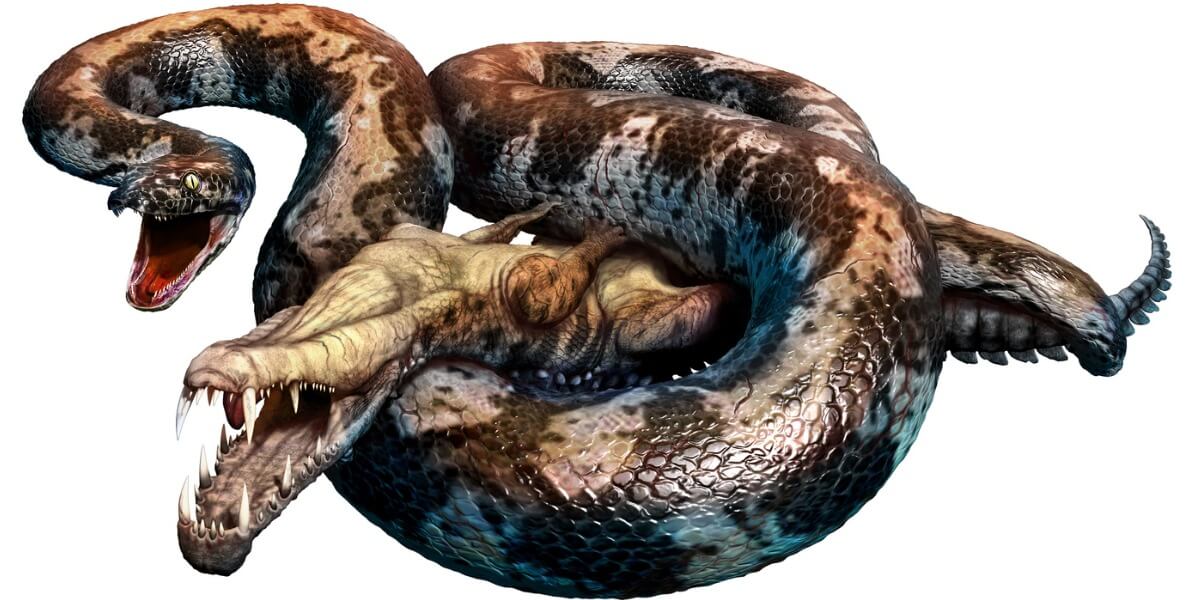

Received: ApAccepted: JanuPublished: March 2, 2010Ĭopyright: © 2010 Wilson et al.

Benton, University of Bristol, United Kingdom PLoS Biol 8(3):Īcademic Editor: Michael J. We conclude that large body size and jaw mobility afforded some early snakes a greater diversity of prey items than previously suspected.Ĭitation: Wilson JA, Mohabey DM, Peters SE, Head JJ (2010) Predation upon Hatchling Dinosaurs by a New Snake from the Late Cretaceous of India. Sanajeh broadens the geographical distribution of early snakes and helps resolve their phylogenetic affinities. We named this new snake Sanajeh indicus because of its provenance and its somewhat limited oral gape. Other snake-egg associations at the same site suggest that the new snake frequented nesting grounds and preyed on hatchling sauropods. We describe a new 3.5-m-long snake from the Late Cretaceous of western India that is preserved in an extraordinary setting-within a sauropod dinosaur nest, coiled around an egg and adjacent the remains of a ca. Early snake phylogeny remains controversial, in part because of the paucity of early fossils. Relatively complete snake fossils preserving skulls and occasionally hindlimbs are quite rare and have only been found in marine sediments in Afro-Arabia and Europe or in terrestrial sediments in South America. Snake fossils from that time are fragmentary, usually consisting of parts of the backbone. Snakes first appear in the fossil record towards the end of the dinosaur era, approximately 98 million years ago. Our results suggest that large body size and jaw mobility afforded some non-macrostomatan snakes a greater diversity of prey items than previously suspected on the basis of extant basal snakes.

New fossils from western India provide direct evidence of feeding ecology in a Mesozoic snake and demonstrate predation risks for hatchling sauropod dinosaurs. The Dholi Dungri fossils are the second definitive association between sauropod eggs and embryonic or hatchling remains. Sanajeh and its large-bodied madtsoiid sister taxa Yurlunggur camfieldensis and Wonambi naracoortensis from the Neogene of Australia show specializations for intraoral prey transport but lack the adaptations for wide gape that characterize living macrostomatan snakes. indicus lacks specializations of modern egg-eaters and of macrostomatans, and skull and vertebral synapomorphies place it in an intermediate position in snake phylogeny. We interpret this pattern as “ethofossil” preservation of feeding behavior. indicus frequented nesting grounds and preyed on hatchling sauropods. Multiple snake-egg associations at the site strongly suggest that S. indicus was fossilized in association with a sauropod dinosaur egg clutch, coiled around an egg and adjacent to the remains of a ca. nov., recovered from Upper Cretaceous rocks of western India. We report on a partial skeleton of a new 3.5-m-long snake, Sanajeh indicus gen. The sequence of osteological and behavioral modifications involved in the evolution of the macrostomatan condition has remained an open question because of disagreement about the origin and interrelationships of snakes, the paucity of well-preserved early snake fossils on many continental landmasses, and the lack of information about the feeding ecology of early snakes. In contrast, basal snakes lack these adaptations and feed primarily on small prey items. Derived large-mouthed snakes (macrostomatans) possess numerous specializations in their skull and lower jaws that allow them to consume large vertebrate prey.


 0 kommentar(er)
0 kommentar(er)
